Diederik Aerts
Identifying Quantum Mechanical Statistics in Italian Corpora
Dec 10, 2024Abstract:We present a theoretical and empirical investigation of the statistical behaviour of the words in a text produced by human language. To this aim, we analyse the word distribution of various texts of Italian language selected from a specific literary corpus. We firstly generalise a theoretical framework elaborated by ourselves to identify 'quantum mechanical statistics' in large-size texts. Then, we show that, in all analysed texts, words distribute according to 'Bose--Einstein statistics' and show significant deviations from 'Maxwell--Boltzmann statistics'. Next, we introduce an effect of 'word randomization' which instead indicates that the difference between the two statistical models is not as pronounced as in the original cases. These results confirm the empirical patterns obtained in texts of English language and strongly indicate that identical words tend to 'clump together' as a consequence of their meaning, which can be explained as an effect of 'quantum entanglement' produced through a phenomenon of 'contextual updating'. More, word randomization can be seen as the linguistic-conceptual equivalent of an increase of temperature which destroys 'coherence' and makes classical statistics prevail over quantum statistics. Some insights into the origin of quantum statistics in physics are finally provided.
Entanglement as a Method to Reduce Uncertainty
Feb 12, 2023Abstract:In physics, entanglement 'reduces' the entropy of an entity, because the (von Neumann) entropy of, e.g., a composite bipartite entity in a pure entangled state is systematically lower than the entropy of the component sub-entities. We show here that this 'genuinely non-classical reduction of entropy as a result of composition' also holds whenever two concepts combine in human cognition and, more generally, it is valid in human culture. We exploit these results and make a 'new hypothesis' on the nature of entanglement, namely, the production of entanglement in the preparation of a composite entity can be seen as a 'dynamical process of collaboration between its sub-entities to reduce uncertainty', because the composite entity is in a pure state while its sub-entities are in a non-pure, or density, state, as a result of the preparation. We identify within the nature of this entanglement a mechanism of contextual updating and illustrate the mechanism in the example we analyze. Our hypothesis naturally explains the 'non-classical nature' of some quantum logical connectives, as due to Bell-type correlations.
Development of a Thermodynamics of Human Cognition and Human Culture
Dec 24, 2022Abstract:Inspired by foundational studies in classical and quantum physics, and by information retrieval studies in quantum information theory, we have recently proved that the notions of 'energy' and 'entropy' can be consistently introduced in human language and, more generally, in human culture. More explicitly, if energy is attributed to words according to their frequency of appearance in a text, then the ensuing energy levels are distributed non-classically, namely, they obey Bose-Einstein, rather than Maxwell-Boltzmann, statistics, as a consequence of the genuinely 'quantum indistinguishability' of the words that appear in the text. Secondly, the 'quantum entanglement' due to the way meaning is carried by a text reduces the (von Neumann) entropy of the words that appear in the text, a behaviour which cannot be explained within classical (thermodynamic or information) entropy. We claim here that this 'quantum-type behaviour is valid in general in human cognition', namely, any text is conceptually more concrete than the words composing it, which entails that the entropy of the overall text decreases. This result can be prolonged to human culture and its collaborative entities having lower entropy than their constituent elements. We use these findings to propose the development of a new 'non-classical thermodynamic theory for human cognition and human culture', which bridges concepts and quantum entities and agrees with some recent findings on the conceptual, not physical, nature of quantum entities.
Quantum Structure in Human Perception
Aug 07, 2022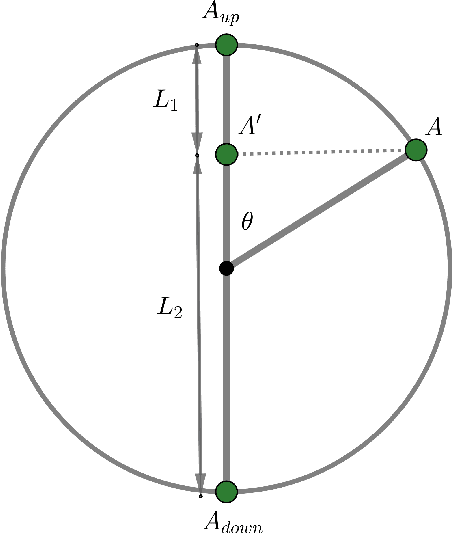
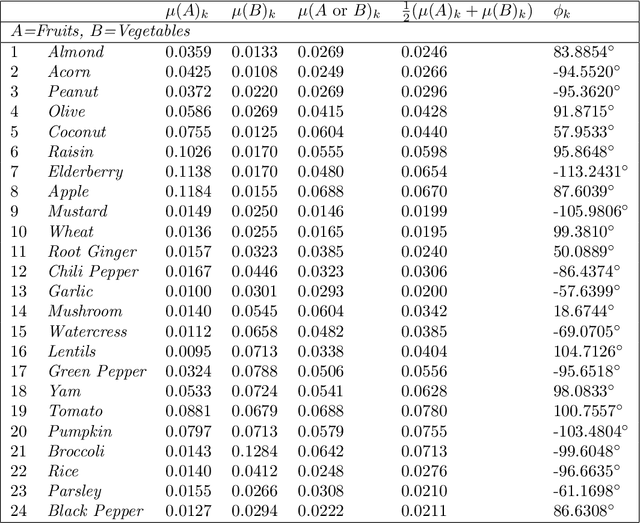
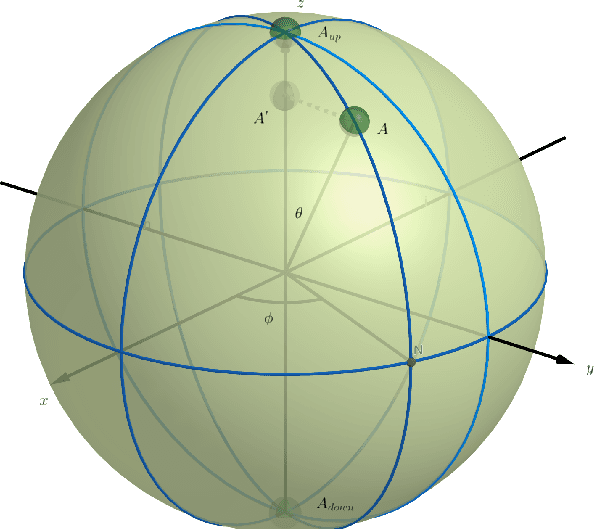
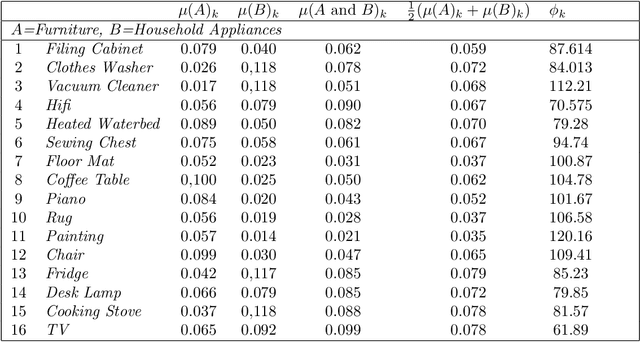
Abstract:We wish to investigate the ways in which the quantum structures of superposition, contextuality, and entanglement have their origins in human perception itself, given how they are sucessfully used to model aspects of human cognition. Our analysis takes us from a simple quantum measurement model, along how human perception incorporates the warping mechanism of categorical perception, to a quantum version of the prototype theory for concepts, which allows for dynamic contextuality when concepts are combined. Our study is rooted in an operational quantum axiomatics that leads to a state context property system for concepts. We illustrate our quantum prototype model and its interference when combining concepts with two examples worked out in detail
A Planck Radiation and Quantization Scheme for Human Cognition and Language
Jan 10, 2022



Abstract:As a result of the identification of 'identity' and 'indistinguishability' and strong experimental evidence for the presence of the associated Bose-Einstein statistics in human cognition and language, we argued in previous work for an extension of the research domain of quantum cognition. In addition to quantum complex vector spaces and quantum probability models, we showed that quantization itself, with words as quanta, is relevant and potentially important to human cognition. In the present work, we build on this result, and introduce a powerful radiation quantization scheme for human cognition. We show that the lack of independence of the Bose-Einstein statistics compared to the Maxwell-Boltzmann statistics can be explained by the presence of a 'meaning dynamics', which causes words to be attracted to the same words. And so words clump together in the same states, a phenomenon well known for photons in the early years of quantum mechanics, leading to fierce disagreements between Planck and Einstein. Using a simple example, we introduce all the elements to get a better and detailed view of this 'meaning dynamics', such as micro and macro states, and Maxwell-Boltzmann, Bose-Einstein and Fermi-Dirac numbers and weights, and compare this example and its graphs, with the radiation quantization scheme of a Winnie the Pooh story, also with its graphs. By connecting a concept directly to human experience, we show that entanglement is a necessity for preserving the 'meaning dynamics' we identified, and it becomes clear in what way Fermi-Dirac addresses human memory. There, in spaces with internal parameters identical words can nevertheless be assigned different states.
Are Words the Quanta of Human Language? Extending the Domain of Quantum Cognition
Oct 10, 2021
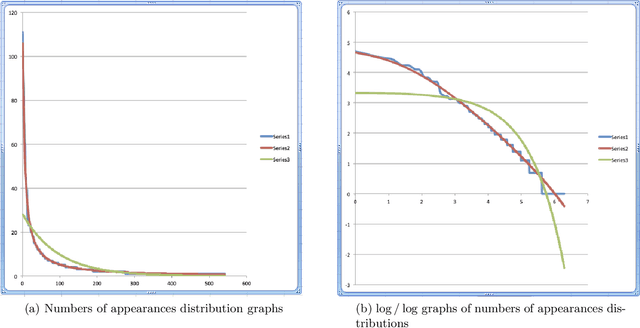


Abstract:Quantum structures were identified as relevant for describing situations occurring in human cognition in the domain of quantum cognition and were also fruitfully used in information retrieval and natural language processing in the domain of quantum information theory. In the present article, we build on recent prior work and show that additionally to the already identified quantum structures also quantization is present in human cognition. It appears in the form of the words behaving as quanta of human language, very analogous to how photons behave as quanta of electromagnetic radiation. We illustrate this by showing on an example text that Bose-Einstein statistics provides a perfect model while Maxwell-Boltzmann statistics is totally inadequate. Like the indistinguishability of quantum particles introduces a specific form of entanglement this also happens with words. We investigate this entanglement, compute the von Neumann entropy and the amount of non purity of the density matrices of the words and note that non-locality occurs spontaneously. We interpret these results in terms of the prospect of developing a quantum-inspired thermodynamics for the cultural layer of human society, based on a statistical analysis similar to what we propose in this article.
Quantum Structure in Cognition: Human Language as a Boson Gas of Entangled Words
Oct 05, 2019



Abstract:We model a piece of text of human language telling a story by means of the quantum structure describing a Bose gas in a state close to a Bose-Einstein condensate near absolute zero temperature. For this we introduce energy levels for the words (concepts) used in the story and we also introduce the new notion of 'cogniton' as the quantum of human thought. Words (concepts) are then cognitons in different energy states as it is the case for photons in different energy states, or states of different radiative frequency, when the considered boson gas is that of the quanta of the electromagnetic field. We show that Bose-Einstein statistics delivers a very good model for these pieces of texts telling stories, both for short stories and for long stories of the size of novels. We analyze an unexpected connection with Zipf's law in human language, the Zipf ranking relating to the energy levels of the words, and the Bose-Einstein graph coinciding with the Zipf graph. We investigate the issue of 'identity and indistinguishability' from this new perspective and conjecture that the way one can easily understand how two of 'the same concepts' are 'absolutely identical and indistinguishable' in human language is also the way in which quantum particles are absolutely identical and indistinguishable in physical reality, providing in this way new evidence for our conceptuality interpretation of quantum theory.
Measuring Conceptual Entanglement in Collections of Documents
Sep 20, 2019



Abstract:Conceptual entanglement is a crucial phenomenon in quantum cognition because it implies that classical probabilities cannot model non--compositional conceptual phenomena. While several psychological experiments have been developed to test conceptual entanglement, this has not been explored in the context of Natural Language Processing. In this paper, we apply the hypothesis that words of a document are traces of the concepts that a person has in mind when writing the document. Therefore, if these concepts are entangled, we should be able to observe traces of their entanglement in the documents. In particular, we test conceptual entanglement by contrasting language simulations with results obtained from a text corpus. Our analysis indicates that conceptual entanglement is strongly linked to the way in which language is structured. We discuss the implications of this finding in the context of conceptual modeling and of Natural Language Processing.
* 14 pages, 3 figures, Symposium Quantum Interaction 2013
Quantum-theoretic Modeling in Computer Science A complex Hilbert space model for entangled concepts in corpuses of documents
Jan 05, 2019

Abstract:We work out a quantum-theoretic model in complex Hilbert space of a recently performed test on co-occurrencies of two concepts and their combination in retrieval processes on specific corpuses of documents. The test violated the Clauser-Horne-Shimony-Holt version of the Bell inequalities ('CHSH inequality'), thus indicating the presence of entanglement between the combined concepts. We make use of a recently elaborated 'entanglement scheme' and represent the collected data in the tensor product of Hilbert spaces of the individual concepts, showing that the identified violation is due to the occurrence of a strong form of entanglement, involving both states and measurements and reflecting the meaning connection between the component concepts. These results provide a significant confirmation of the presence of quantum structures in corpuses of documents, like it is the case for the entanglement identified in human cognition.
Modeling Meaning Associated with Documental Entities: Introducing the Brussels Quantum Approach
Aug 03, 2018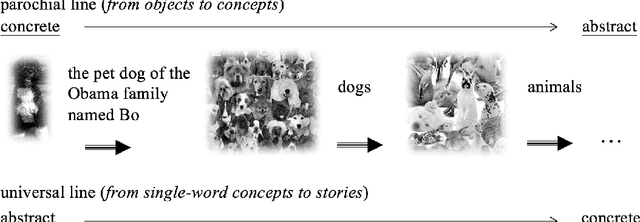
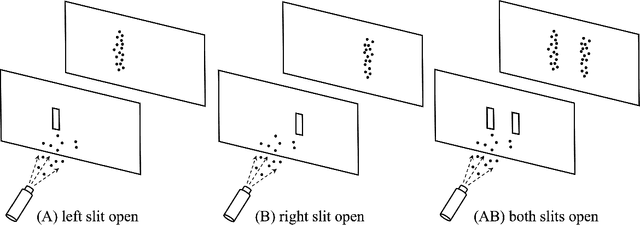
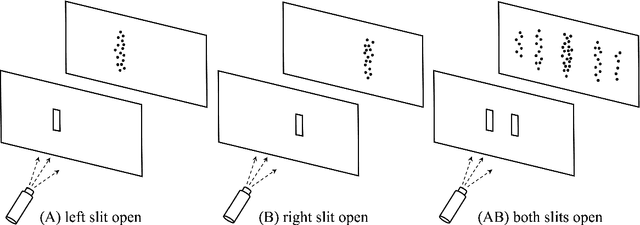
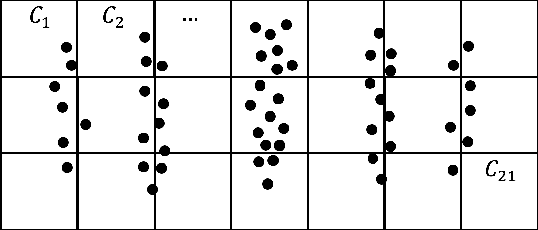
Abstract:We show that the Brussels operational-realistic approach to quantum physics and quantum cognition offers a fundamental strategy for modeling the meaning associated with collections of documental entities. To do so, we take the World Wide Web as a paradigmatic example and emphasize the importance of distinguishing the Web, made of printed documents, from a more abstract meaning entity, which we call the Quantum Web, or QWeb, where the former is considered to be the collection of traces that can be left by the latter, in specific measurements, similarly to how a non-spatial quantum entity, like an electron, can leave localized traces of impact on a detection screen. The double-slit experiment is extensively used to illustrate the rationale of the modeling, which is guided by how physicists constructed quantum theory to describe the behavior of the microscopic entities. We also emphasize that the superposition principle and the associated interference effects are not sufficient to model all experimental probabilistic data, like those obtained by counting the relative number of documents containing certain words and co-occurrences of words. For this, additional effects, like context effects, must also be taken into consideration.
 Add to Chrome
Add to Chrome Add to Firefox
Add to Firefox Add to Edge
Add to Edge